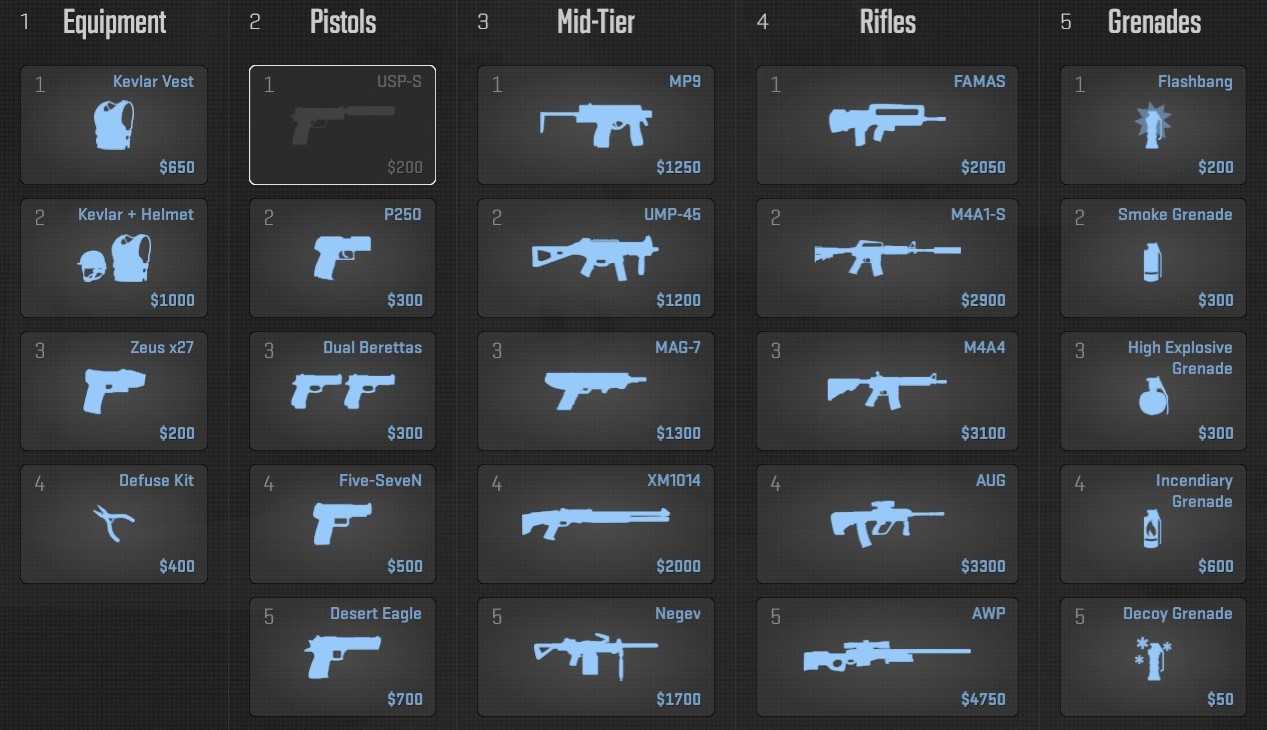Print Fix Hub
Your go-to source for everything print-related, from troubleshooting to tips.
CS2 Force Buy Rounds: When Penny Pinching Turns into Gameplay Gold
Unlock the secrets of CS2 Force Buy Rounds! Discover how smart spending can transform your gameplay and lead to epic victories!
Understanding Force Buy Rounds in CS2: A Tactical Overview
In the constantly evolving landscape of competitive gaming, understanding Force Buy Rounds in CS2 is crucial for teams aiming to secure victory against their opponents. A Force Buy refers to a strategic decision where players choose to invest all available cash into purchasing weapons and utilities, despite being low on funds after a loss. This risky tactic is typically employed when a team recognizes that the opposition is at a disadvantage, allowing them to potentially level the playing field or catch the enemy off-guard. By carefully analyzing the enemy’s economy and round history, teams can make informed decisions on whether to engage in a Force Buy Round.
Implementing a successful Force Buy requires not only well-coordinated teamwork but also a deep understanding of the game's economic system. Teams must prioritize their purchases, focusing on essential weapons, essential grenades, and armor to maximize their impact in the round. It's important to note that while Force Buying can create opportunities for winning rounds with limited resources, it also puts the team at significant risk if not executed properly. Therefore, communication and strategy are key components to leverage the Force Buy Rounds effectively, ultimately enhancing a team's chances of turning the tide in their favor.

Counter-Strike is one of the most popular first-person shooter games, known for its tactical gameplay and competitive scene. Players often look for ways to improve their performance, one being through optimizing b1t settings, which can significantly enhance their gameplay experience. With a wide array of maps and game modes, Counter-Strike continues to be a staple in the esports community.
Maximizing Your Team's Potential: When to Execute a Force Buy
In the fast-paced world of competitive gaming, recognizing the optimal moments for your team to execute a force buy can be crucial to turning the tides of a match. A force buy occurs when a team chooses to invest all their available resources into purchasing weapons and utility, typically when they have lost several rounds in a row and need to disrupt the enemy's momentum. This strategy allows teams to capitalize on their opponents' potential weaknesses, aim for surprise engagements, and bring the fight back in their favor. Key indicators for triggering a force buy include significant damage dealt to the enemy team without securing a win or an advantageous map position that can be leveraged for an aggressive play.
However, executing a force buy should not be a haphazard decision. Teams must evaluate their economic situation and enemy positioning; for instance, if the opposing team is low on funds and cannot afford a full buy, this may be the ideal moment to strike. Additionally, communication is paramount—ensure every team member is in agreement on the buy decision, as collective buy-ins can amplify your strategic chances. Listing out the goals during a force buy could also greatly benefit your team:
- Identify potential enemy gaps.
- Plan for coordinated utility usage.
- Establish specific roles to maintain versatility.
By making informed decisions about your team's economy and execution of force buys, you can maximize your roster's potential and increase overall performance on the battlefield.
Top 5 Mistakes to Avoid During Force Buy Rounds in CS2
In CS2, participating in force buy rounds can often lead to pivotal moments in a match. However, many players make critical mistakes that can diminish their chances of success. The first major error is underestimating their economy. Players should always be aware of their team's financial situation, as well as the enemy's. A poorly timed force buy can leave your team financially crippled in subsequent rounds, leading to even greater disadvantages. Always communicate with your team about whether a force buy is strategically sound based on your collective economy.
Another common mistake players make during force buy rounds is lack of coordination. A successful force buy relies heavily on teamwork and synchronized strategies. If players rush in without a plan, they can quickly be picked off, wasting the investment. Instead, consider discussing an approach beforehand, such as stacking a site or executing a specific strategy. Clear communication and coordination can turn a desperate situation into a favorable outcome, increasing your chances of securing that crucial victory in CS2.